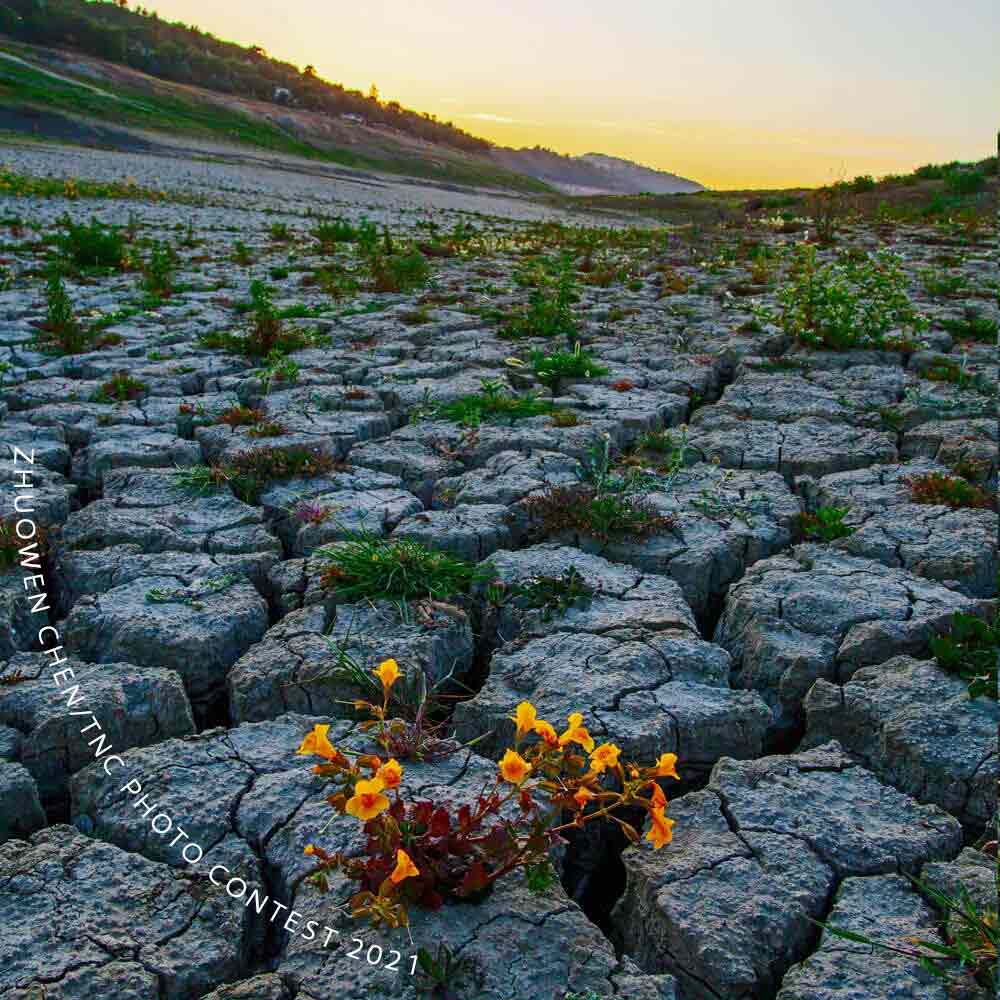
92% of Americans support the implementation of Natural Climate Solutions (Source: USN4C 2023 Poll). Our Building Ambition Through Action campaign site is a diverse display of innovative and successful programs implementing Natural Climate Solutions in the United States. The programs shown below, supported by government, corporate, and Tribal funding, detail their lessons learned and outline a pathway for broader adoption.
| PATHWAYS | ||
|---|---|---|
| AGRICULTURE | FORESTRY | WETLANDS & PEATLANDS |
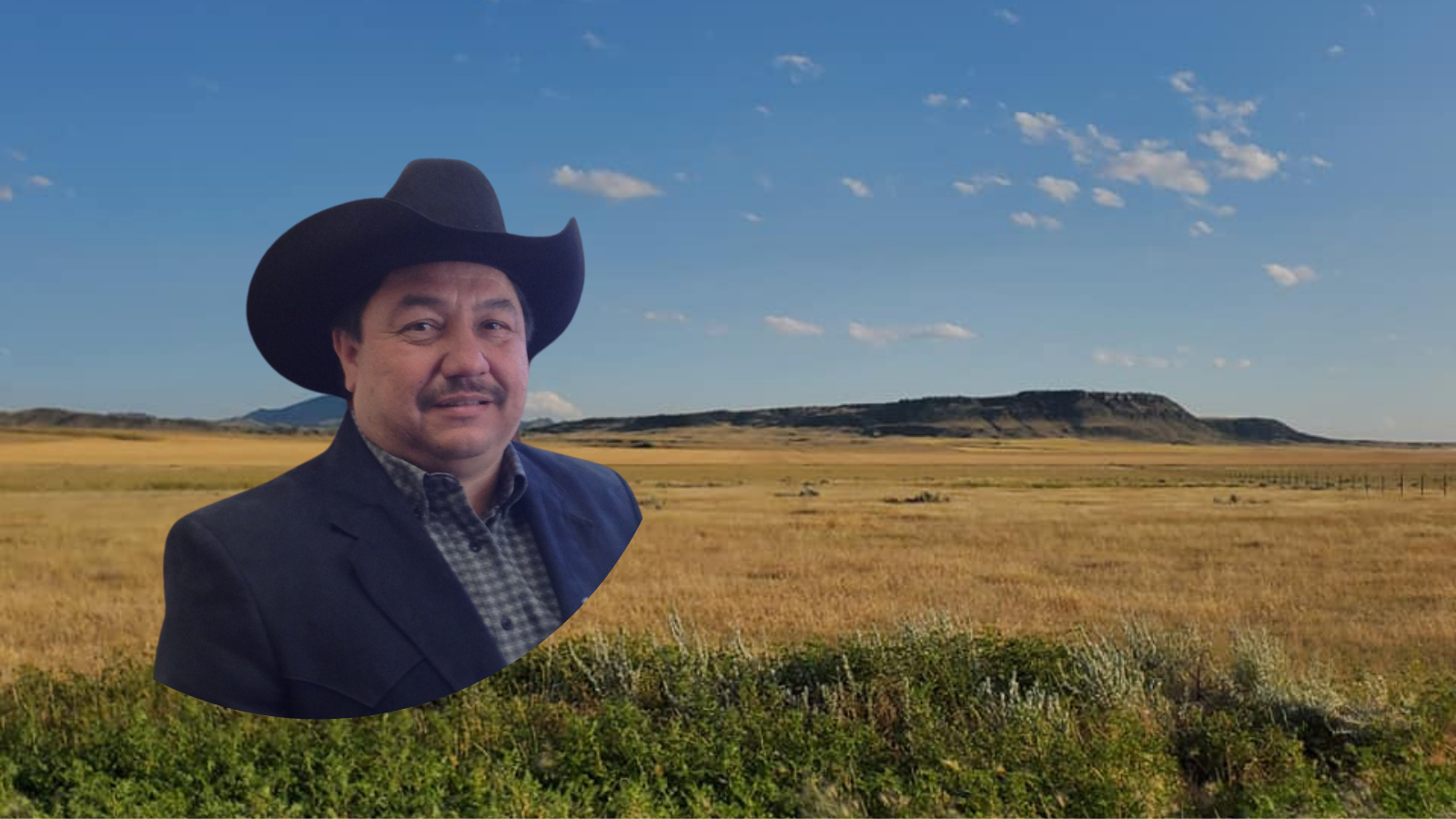
Explore the inspiring journey of third-generation rancher Leon LaSalle and the Chippewa Cree Tribe as they advocate for equitable access to Farm Bill Programs. From confronting the challenges of drought to negotiating groundbreaking agreements with USDA, learn how their project enhances conservation practices, addresses policy changes, and catalyzes innovation for a sustainable agricultural future. Discover the impact on tribal producers, the significance of tribal sovereignty, and the opportunities presented by the upcoming Farm Bill.
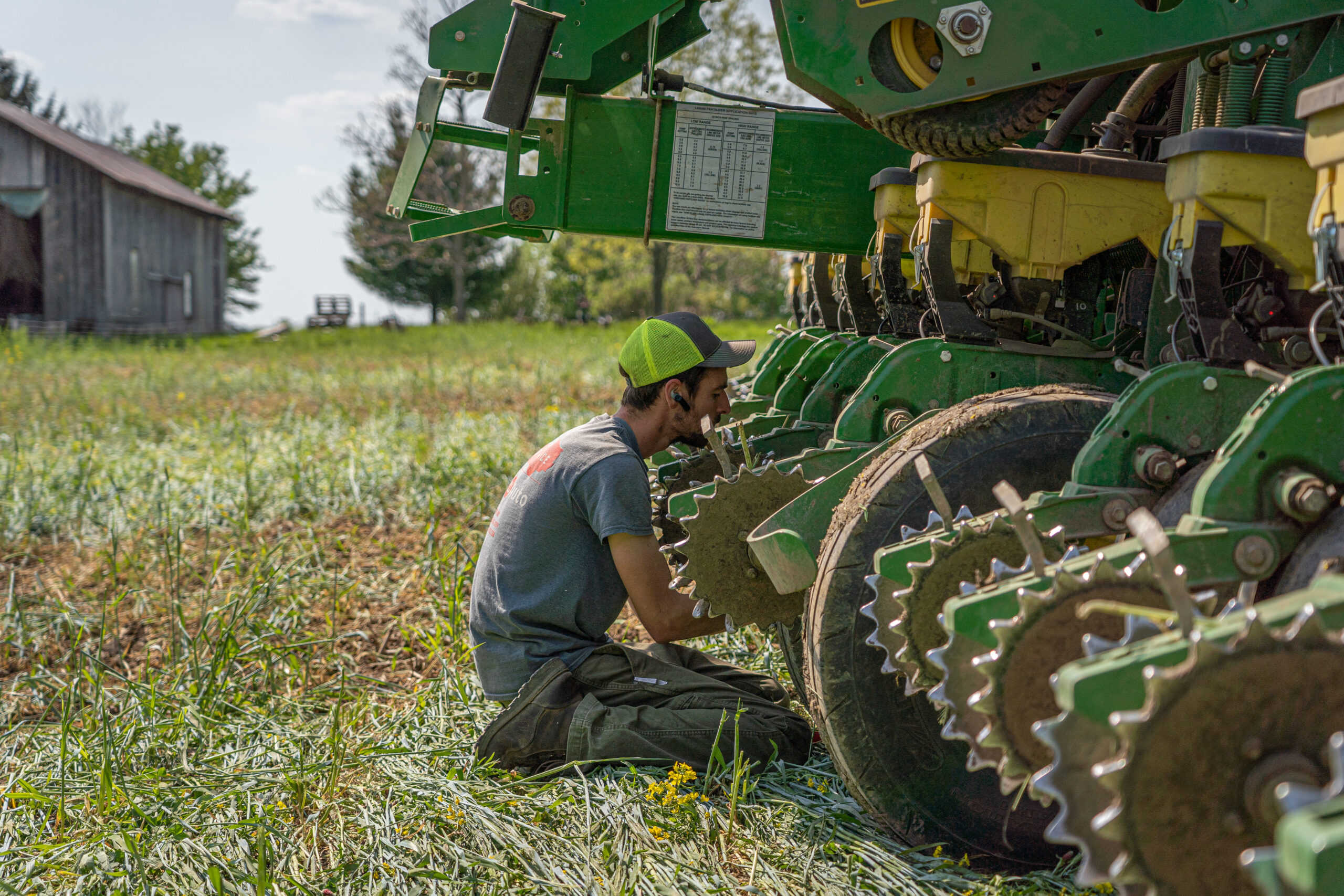
Farmers across the US are embracing soil health practices for increased resilience, efficiency, and environmental benefits while improving their bottom line. At Mulligan Farm, Forrest Watson’s success with cover cropping and reduced tillage highlights the potential of regenerative agriculture, made possible in part due to financial support from federal funding from programs like USDA’s EQIP and CSP.
Explore the importance of agroforestry, its resilience in the face of climate change, and the barriers to adoption in the Midwest. This article highlights the need for continued USDA support and a transformative 2023 Farm Bill to promote agroforestry as a natural climate solution and economic opportunity, fostering hope and revitalizing communities.
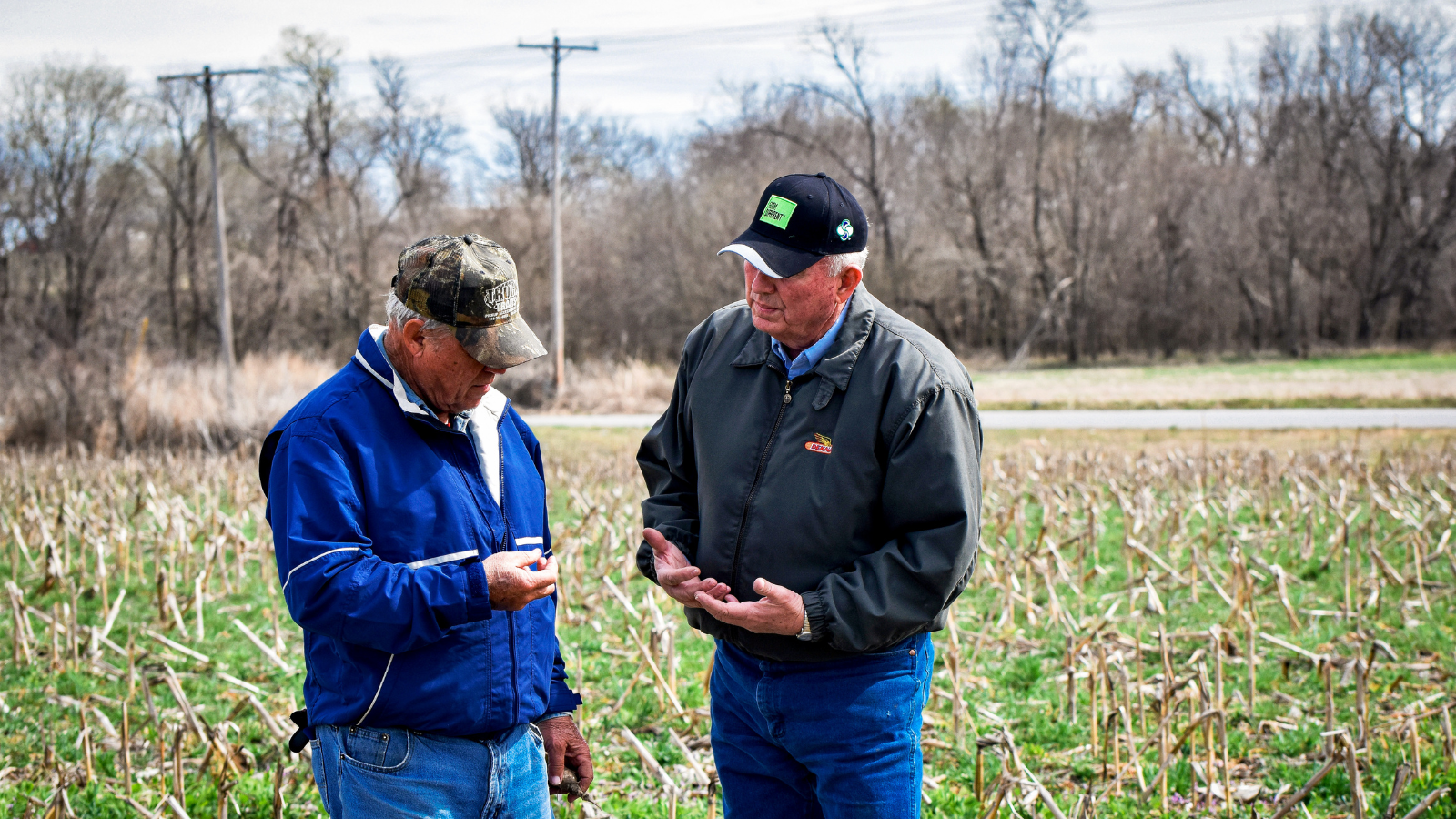
Soil health management practices like no-till farming, cover crops, and nutrient management, can provide a wide range of environmental and climate benefits, while also improving farmers’ bottom line. American Farmland Trust’s Soil Health Economic Case Studies profile the real-world experience of farmers who have adopted soil health management practices with an in-depth partial budget analysis of their experienced costs, benefits, and return-on-investment of implementing these practices.
Wisconsin and Michigan farmers working with The Nature Conservancy and corporate partners, are taking the lead in implementing innovative climate-smart agriculture practices on Midwestern dairy farms that reduce greenhouse gas emissions and improve soil health.
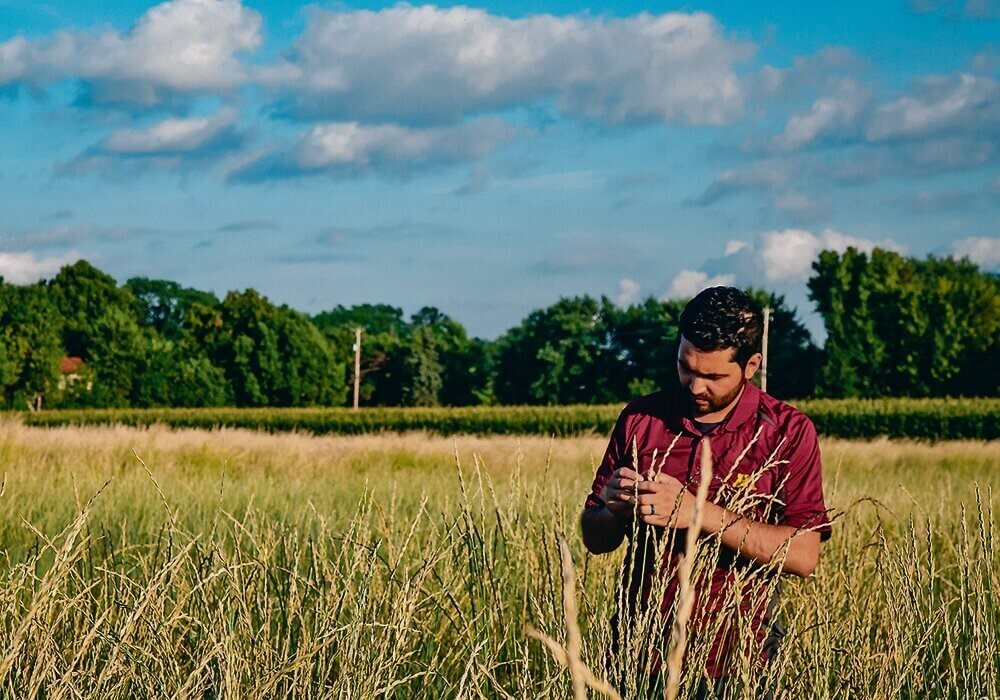
By keeping farmland covered with plants year round, perennial grains like Kernza® and “cash cover crops” like winter camelina can help reduce greenhouse gas emissions and increase soil carbon storage.
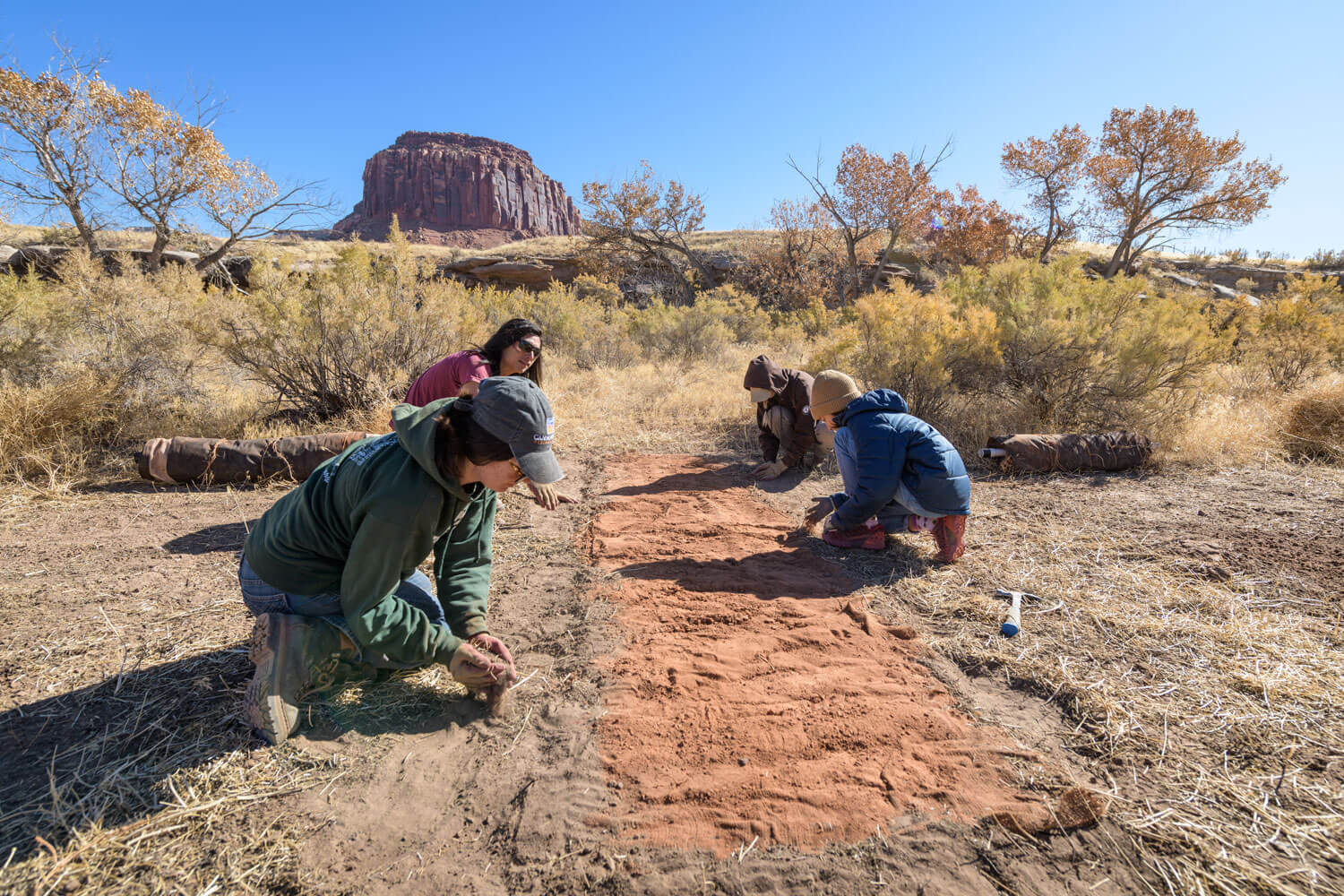
Scientists at The Nature Conservancy and the U.S. Geological Survey are researching cutting-edge techniques to restore biocrusts, the desert’s soil surface, which sequesters CO2 and helps sustain plants, wildlife, and agriculture.

Urban trees are more than aesthetics; they’re vital for cleaner air, climate action, and equitable communities. Treesilience, a dynamic initiative led by a coalition of organizations, is redefining urban landscapes in Chicago, St. Louis, and Orlando. They’re planting and protecting trees while empowering communities for a greener, healthier, and more equitable future. Discover how federal funding is pivotal in making these programs a reality.
The City of Trees Challenge is an ongoing story of community and collaboration to address climate change, aiming to plant an urban tree for every household in Boise, Idaho and a forest seedling for every resident by 2030, while also ensuring that these trees survive and thrive well into the future.
Historically, the decision-making process in the field of conservation has left minorities and vulnerable communities out of the conversation. The Hispanic Access Foundation’s MANO Project partners with agencies like the U.S. Fish & Wildlife Service to connect and mentor young leaders of color to protect public lands and implement equitable and just climate change strategies.
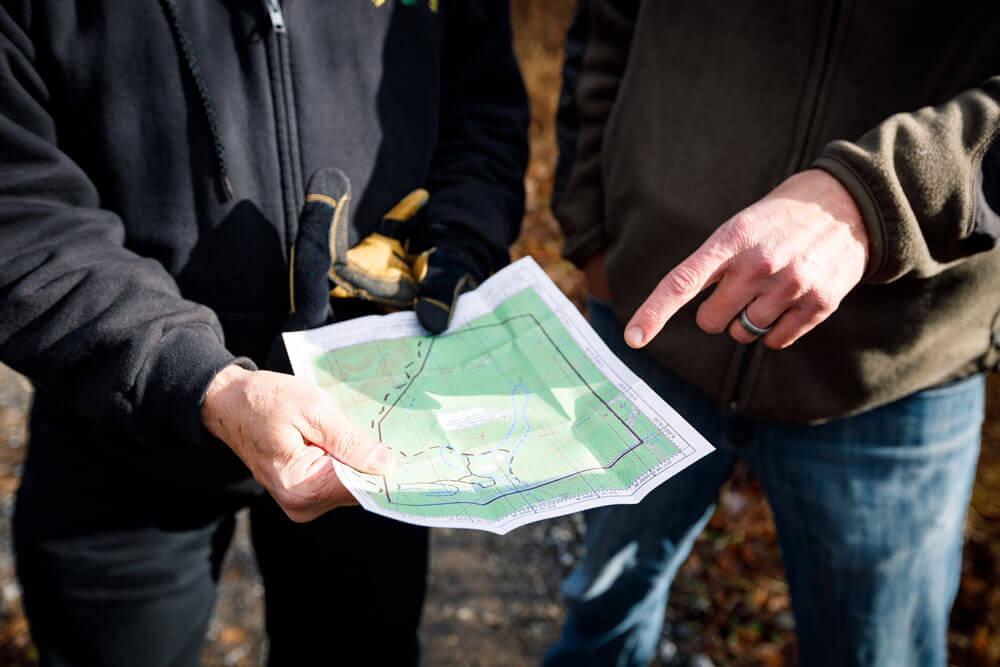
The Family Forest Carbon Program assists family forest owners, like the Trezise Family in Maryland, who own the largest portion of U.S. forestland, to tackle climate change by capturing and storing more carbon while making money from their land through access to carbon markets.
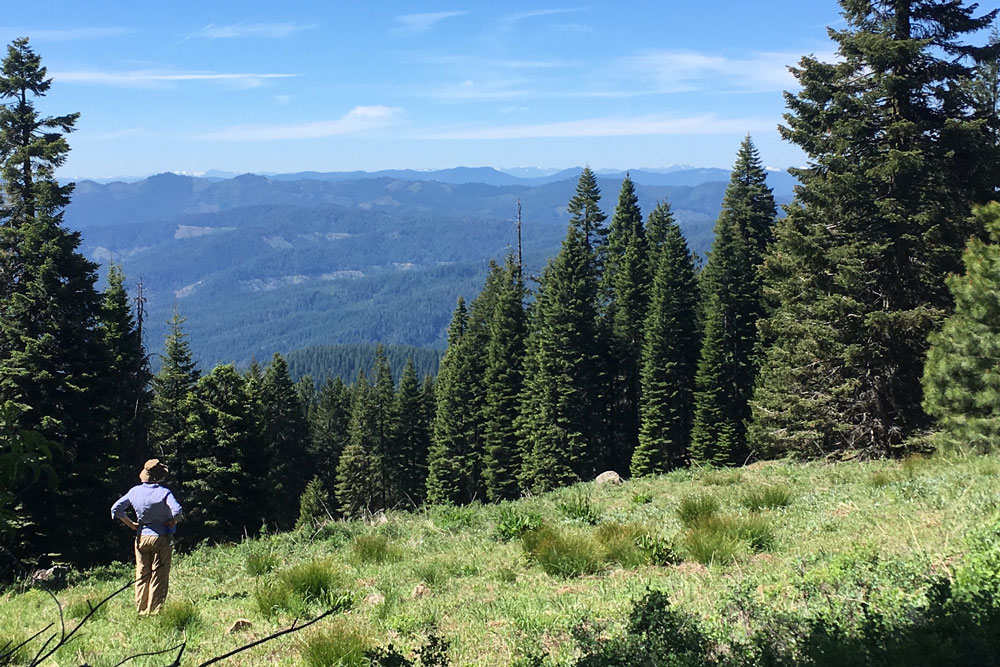
Through land purchases and conservation easements that pay private landowners to protect and conserve their land, land trusts play a crucial role in protecting biodiversity and addressing climate change. For example, through its purchase of the 1,120-acre Mount Ashland Forest in Oregon, the Pacific Forest Trust is creating a model for climate-smart forestry on carbon-rich, ecologically valuable land.
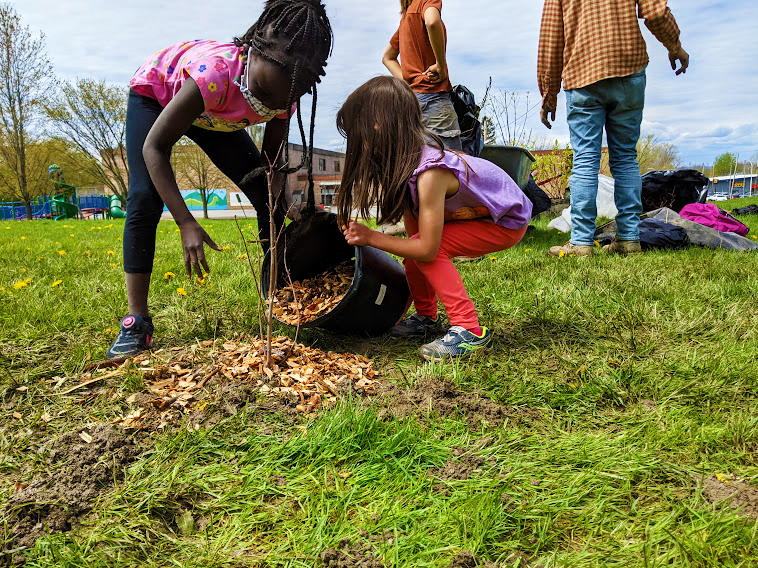
The City of Burlington, Vermont’s science-driven Nature-Based Climate Solution Plan is bringing the whole city together to advance innovative solutions to address climate change.
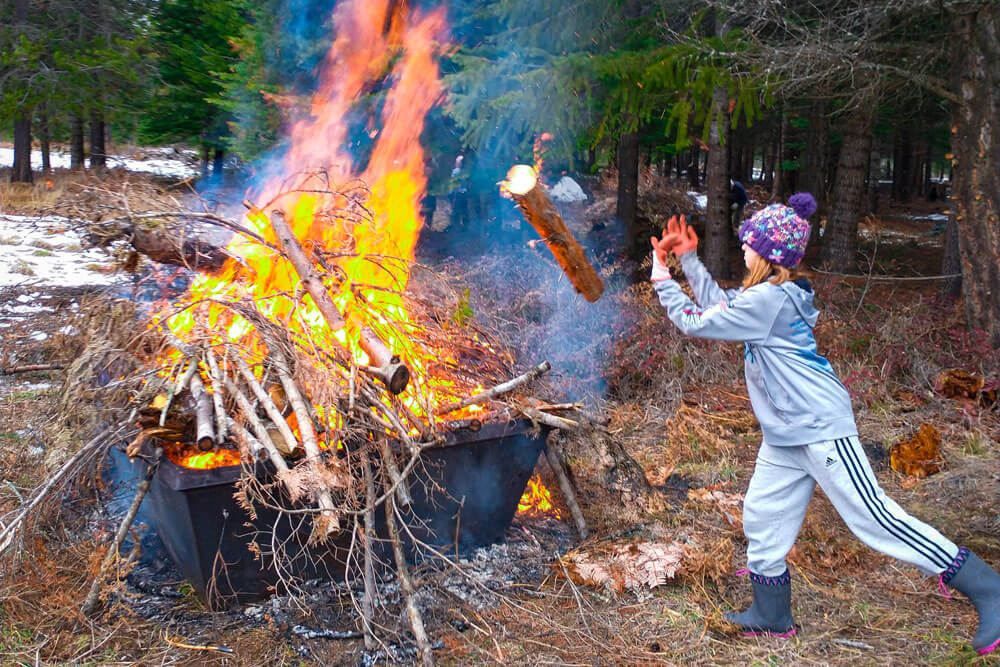
To reduce wildfire risks, this project undertaken by The Lands Council and Kalispel Tribe reduces forest fuels by turning slash piles into biochar, which can be applied to agricultural soils to improve water holding capacity and increase carbon sequestration.
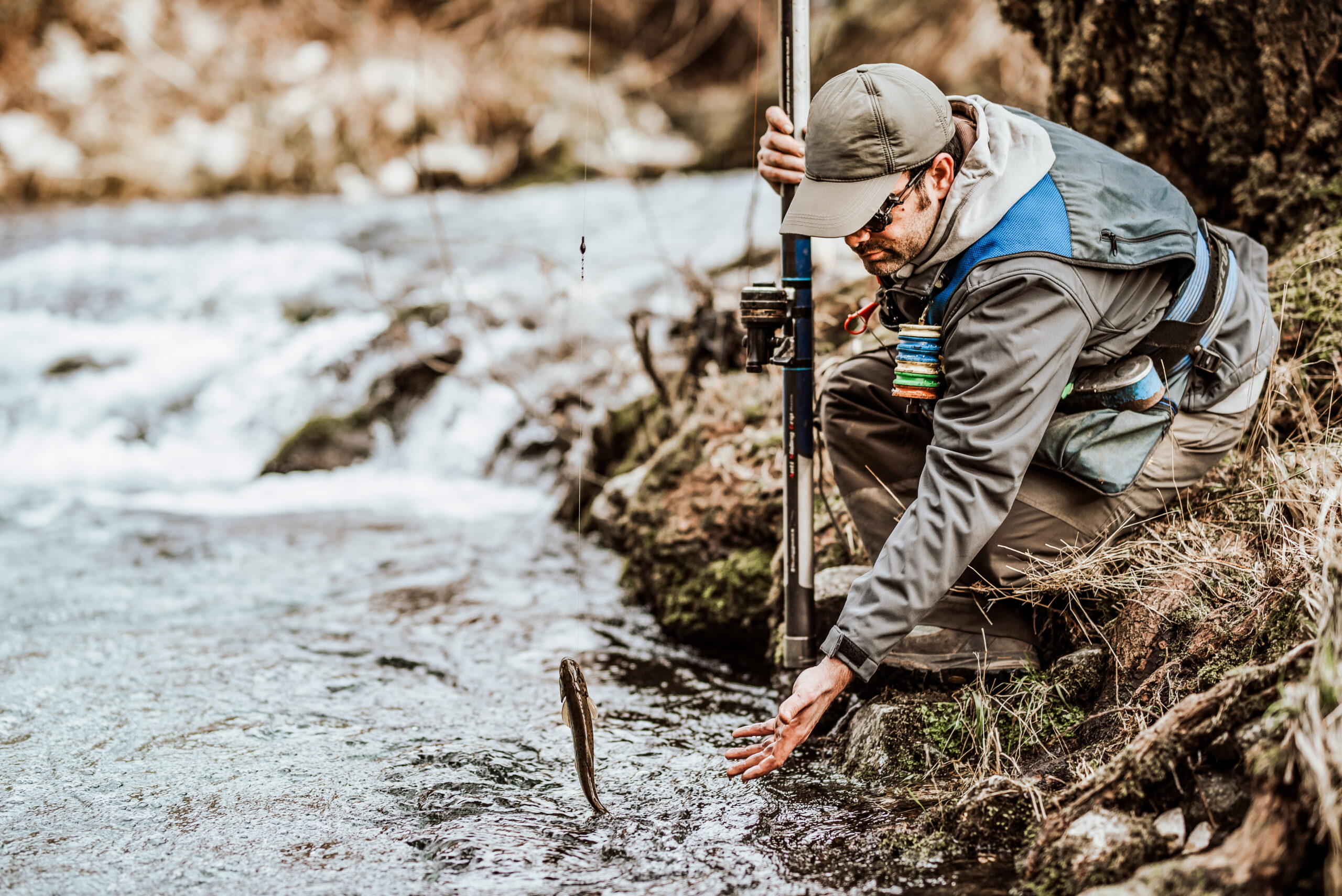
A strong partnership in Maine is undertaking a restoration project on Frost Gully Brook to remove dams and plant native trees/plants along the stream’s banks – providing new trout habitat, while also supporting Maine’s outdoor recreation economy, and helping to tackle climate change by capturing and sequestering carbon dioxide from the air.
Lightning Point is a climate-smart shoreline restoration project with benefits for people and nature. Through coastal wetland restoration and infrastructure improvements, a broad partnership, led by The Nature Conservancy, is making the city of Bayou la Batre, Alabama more resilient to hurricanes, while increasing carbon storage, improving wildlife habitat, and supporting the local fishing economy.
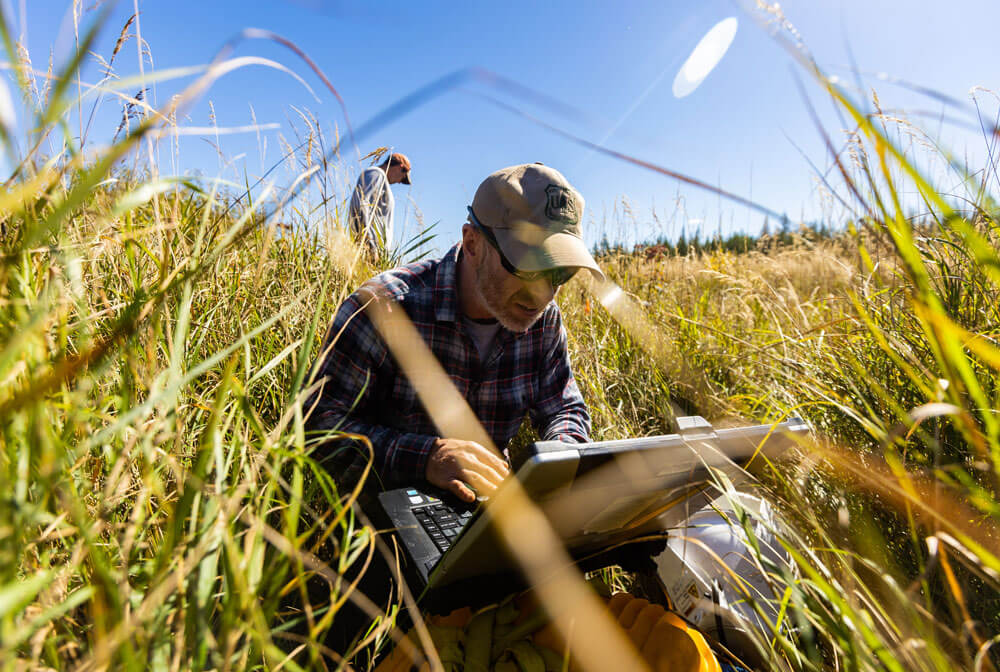
Peatlands are unique waterlogged ecosystems where plant matter builds up without decaying. The Nature Conservancy is spearheading peatland restoration research, while exploring the potential to develop high-quality credits for climate mitigation markets.
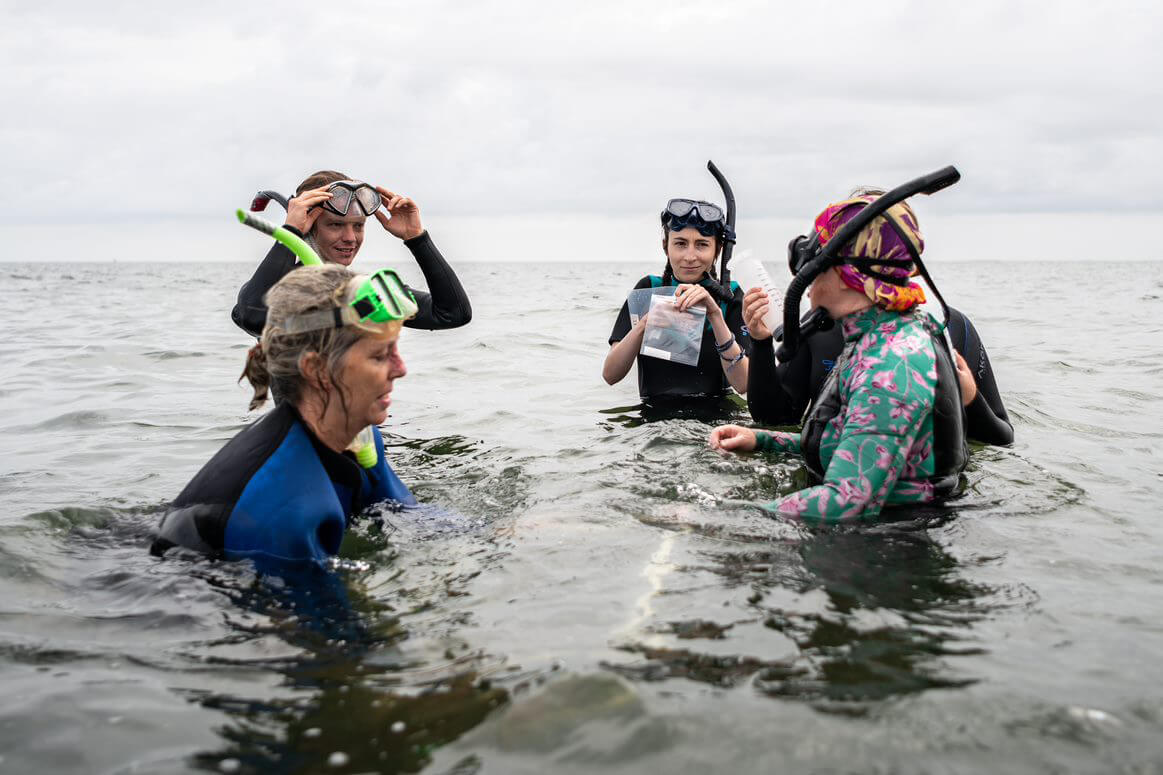
North Carolina is developing a first-of-its-kind greenhouse gas inventory to support efforts to protect and restore seagrasses by measuring their ability to store carbon, providing a model for other states.
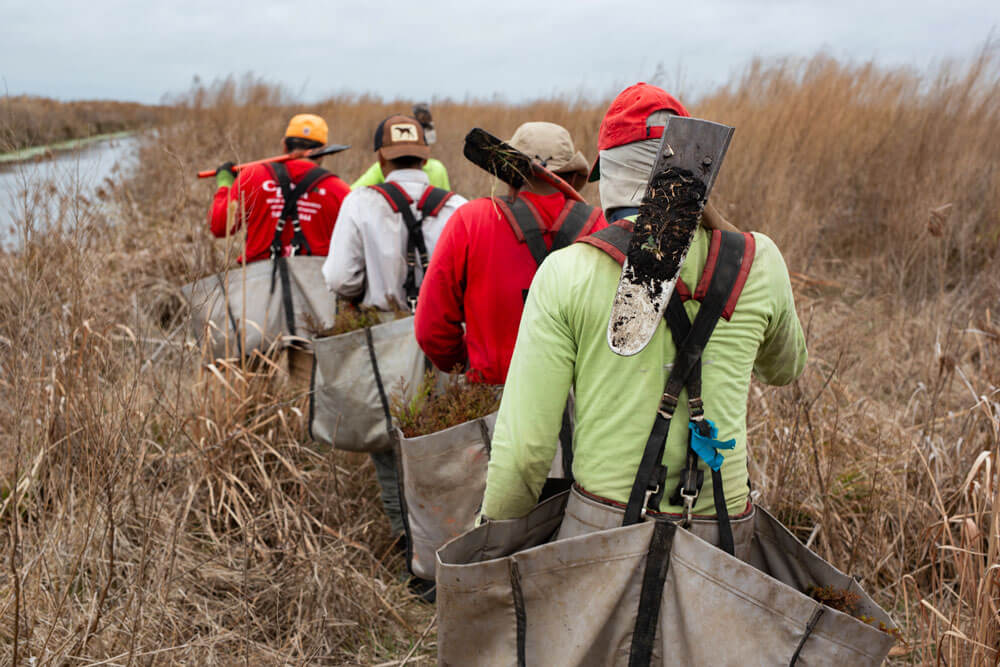
Restoring drained peatlands in the Southeastern U.S. could cut carbon emissions by at least 2.66 million metric tons a year, reduce wildfire risk, increase flood resilience, and decrease surface water pollution. To help achieve this, The Nature Conservancy developed a methodology for landowners to generate verified carbon credits by restoring drained peatlands, providing income towards project costs – a win-win solution.
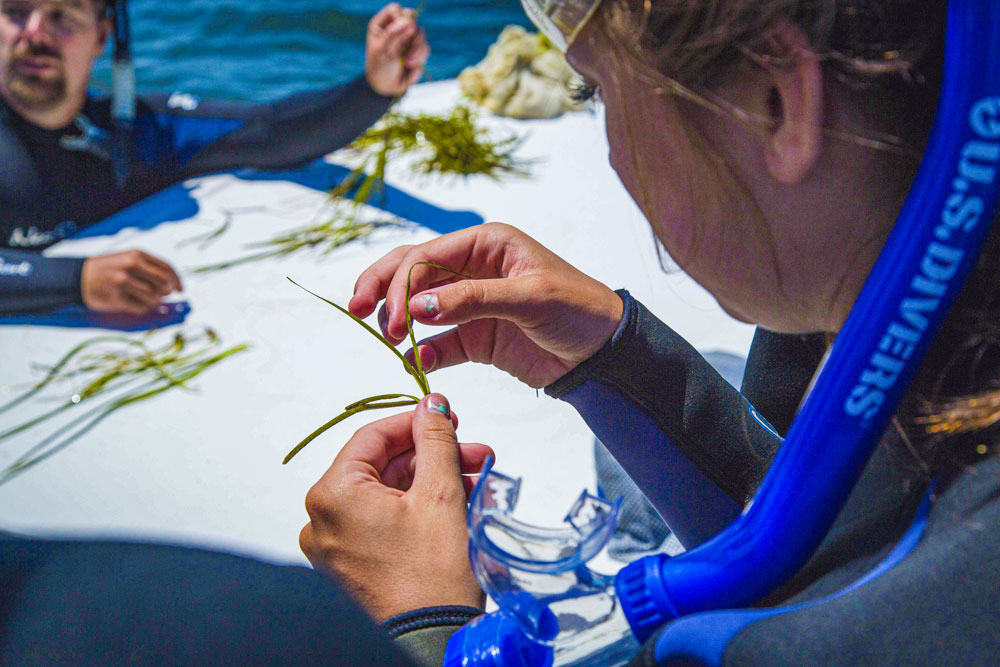
In the 1930’s, seagrass disappeared from Virginia’s Eastern Shore, and with it all the benefits it provided—habitat for marine life, erosion control, and atmospheric carbon capture. In the 1990’s, a small patch of seagrass re-appeared, and a partnership led by The Nature Conservancy, has now restored nearly 10,000 acres of seagrass at the Virginia Coast Reserve (VCR). Thanks to the success of this program, the VCR is the first place on the planet soon to have a validated and verified seagrass carbon market project.

Explore the inspiring journey of third-generation rancher Leon LaSalle and the Chippewa Cree Tribe as they advocate for equitable access to Farm Bill Programs. From confronting the challenges of drought to negotiating groundbreaking agreements with USDA, learn how their project enhances conservation practices, addresses policy changes, and catalyzes innovation for a sustainable agricultural future. Discover the impact on tribal producers, the significance of tribal sovereignty, and the opportunities presented by the upcoming Farm Bill.

Farmers across the US are embracing soil health practices for increased resilience, efficiency, and environmental benefits while improving their bottom line. At Mulligan Farm, Forrest Watson’s success with cover cropping and reduced tillage highlights the potential of regenerative agriculture, made possible in part due to financial support from federal funding from programs like USDA’s EQIP and CSP.
Explore the importance of agroforestry, its resilience in the face of climate change, and the barriers to adoption in the Midwest. This article highlights the need for continued USDA support and a transformative 2023 Farm Bill to promote agroforestry as a natural climate solution and economic opportunity, fostering hope and revitalizing communities.

Soil health management practices like no-till farming, cover crops, and nutrient management, can provide a wide range of environmental and climate benefits, while also improving farmers’ bottom line. American Farmland Trust’s Soil Health Economic Case Studies profile the real-world experience of farmers who have adopted soil health management practices with an in-depth partial budget analysis of their experienced costs, benefits, and return-on-investment of implementing these practices.
Wisconsin and Michigan farmers working with The Nature Conservancy and corporate partners, are taking the lead in implementing innovative climate-smart agriculture practices on Midwestern dairy farms that reduce greenhouse gas emissions and improve soil health.

By keeping farmland covered with plants year round, perennial grains like Kernza® and “cash cover crops” like winter camelina can help reduce greenhouse gas emissions and increase soil carbon storage.

Scientists at The Nature Conservancy and the U.S. Geological Survey are researching cutting-edge techniques to restore biocrusts, the desert’s soil surface, which sequesters CO2 and helps sustain plants, wildlife, and agriculture.

Urban trees are more than aesthetics; they’re vital for cleaner air, climate action, and equitable communities. Treesilience, a dynamic initiative led by a coalition of organizations, is redefining urban landscapes in Chicago, St. Louis, and Orlando. They’re planting and protecting trees while empowering communities for a greener, healthier, and more equitable future. Discover how federal funding is pivotal in making these programs a reality.
The City of Trees Challenge is an ongoing story of community and collaboration to address climate change, aiming to plant an urban tree for every household in Boise, Idaho and a forest seedling for every resident by 2030, while also ensuring that these trees survive and thrive well into the future.
Historically, the decision-making process in the field of conservation has left minorities and vulnerable communities out of the conversation. The Hispanic Access Foundation’s MANO Project partners with agencies like the U.S. Fish & Wildlife Service to connect and mentor young leaders of color to protect public lands and implement equitable and just climate change strategies.

The Family Forest Carbon Program assists family forest owners, like the Trezise Family in Maryland, who own the largest portion of U.S. forestland, to tackle climate change by capturing and storing more carbon while making money from their land through access to carbon markets.

Through land purchases and conservation easements that pay private landowners to protect and conserve their land, land trusts play a crucial role in protecting biodiversity and addressing climate change. For example, through its purchase of the 1,120-acre Mount Ashland Forest in Oregon, the Pacific Forest Trust is creating a model for climate-smart forestry on carbon-rich, ecologically valuable land.

The City of Burlington, Vermont’s science-driven Nature-Based Climate Solution Plan is bringing the whole city together to advance innovative solutions to address climate change.

To reduce wildfire risks, this project undertaken by The Lands Council and Kalispel Tribe reduces forest fuels by turning slash piles into biochar, which can be applied to agricultural soils to improve water holding capacity and increase carbon sequestration.

A strong partnership in Maine is undertaking a restoration project on Frost Gully Brook to remove dams and plant native trees/plants along the stream’s banks – providing new trout habitat, while also supporting Maine’s outdoor recreation economy, and helping to tackle climate change by capturing and sequestering carbon dioxide from the air.
Lightning Point is a climate-smart shoreline restoration project with benefits for people and nature. Through coastal wetland restoration and infrastructure improvements, a broad partnership, led by The Nature Conservancy, is making the city of Bayou la Batre, Alabama more resilient to hurricanes, while increasing carbon storage, improving wildlife habitat, and supporting the local fishing economy.

Peatlands are unique waterlogged ecosystems where plant matter builds up without decaying. The Nature Conservancy is spearheading peatland restoration research, while exploring the potential to develop high-quality credits for climate mitigation markets.

North Carolina is developing a first-of-its-kind greenhouse gas inventory to support efforts to protect and restore seagrasses by measuring their ability to store carbon, providing a model for other states.

Restoring drained peatlands in the Southeastern U.S. could cut carbon emissions by at least 2.66 million metric tons a year, reduce wildfire risk, increase flood resilience, and decrease surface water pollution. To help achieve this, The Nature Conservancy developed a methodology for landowners to generate verified carbon credits by restoring drained peatlands, providing income towards project costs – a win-win solution.

In the 1930’s, seagrass disappeared from Virginia’s Eastern Shore, and with it all the benefits it provided—habitat for marine life, erosion control, and atmospheric carbon capture. In the 1990’s, a small patch of seagrass re-appeared, and a partnership led by The Nature Conservancy, has now restored nearly 10,000 acres of seagrass at the Virginia Coast Reserve (VCR). Thanks to the success of this program, the VCR is the first place on the planet soon to have a validated and verified seagrass carbon market project.
